Category: Uncategorized
-

NGINX Unit 1.10.0 Is Now Available
NGINX Unit 1.9.0 and 1.10.0 introduce request routing based on matching arguments, headers, cookies, and scheme; appending elements to arrays; a built‑in WebSocket server for Node.js; and new guides for Catalyst, NextCloud, Redmine, Docker, and language modules.
-
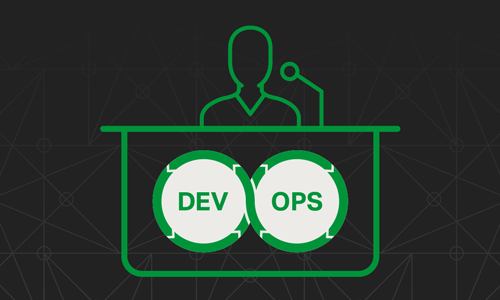
Transitioning to DevOps: Advice from an NGINX Expert
NGINX Global Solutions Architect and DevOps expert Kevin Jones provides practical advice on steps in your transition to DevOps: setting goals, choosing the right tools, fostering cross-functional communication, and measuring the success of your transition.
-
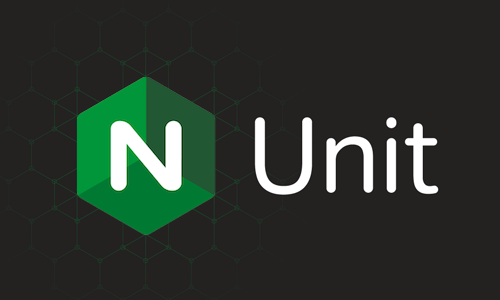
NGINX Unit: A Modern App Server for Modern Apps
NGINX Unit is a key component in our modern platform spans from code to customer: it’s configured dynamically via API for no app downtime; it can run apps written in multiple languages and versions at the same time; its small footprint makes it ideal for microservices and deployable on any infrastructure.
-
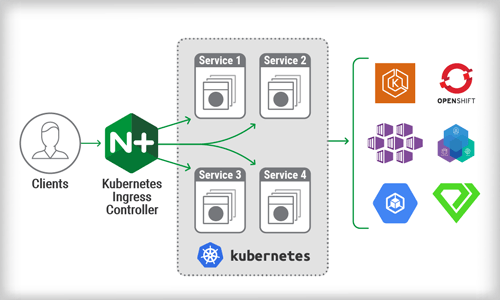
Announcing NGINX Ingress Controller for Kubernetes Release 1.5.0
Release 1.5.0 of the NGINX Ingress Controller for Kubernetes introduces a new configuration schema, extended Prometheus-based metrics, simplifications to TLS configuration, support for load balancing traffic to ExternalName services, and a new repository for Helm charts.
-
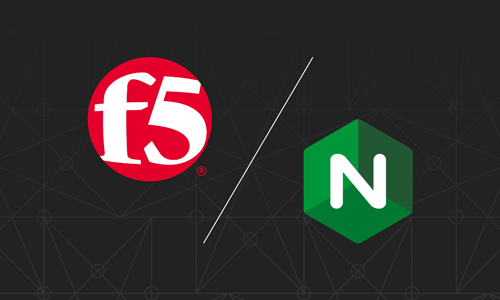
NGINX Is Now Officially Part of F5
NGINX is now officially a part of F5. In his new role as head of the NGINX business unit at F5, Gus Robertson outlines the value of merging the people, culture, and vision of the two companies as we work together to enhance NGINX’s open source and commercial offerings.
-
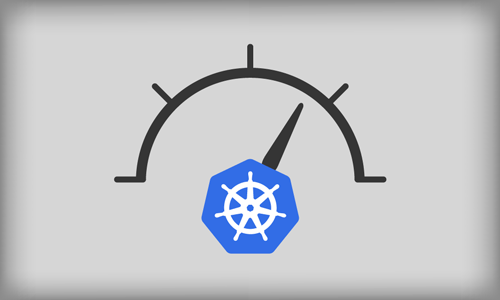
Testing the Performance of NGINX Ingress Controller for Kubernetes
This blog describes the performance you can achieve with the NGINX Ingress Controller for Kubernetes, in terms of three metrics: requests per second, SSL/TLS transactions per second, and throughput. The full NGINX and Kubernetes configurations we used are included.
-

NGINX and F5: Our Continued Commitment to Open Source
There are always concerns when an enterprise acquires open source projects. NGINX CEO Gus Robertson explains why F5 is committed to maintaining and growing NGINX Open Source and other open source projects.
-

NGINX Unit 1.8.0 Is Now Available, Introduces Internal Routing
NGINX Unit 1.8.0 introduces internal routing of requests based on host, URL, and HTTP method, This sets the framework for full Layer 7 request processing, necessary for further development of Unit’s web server functionality.
-
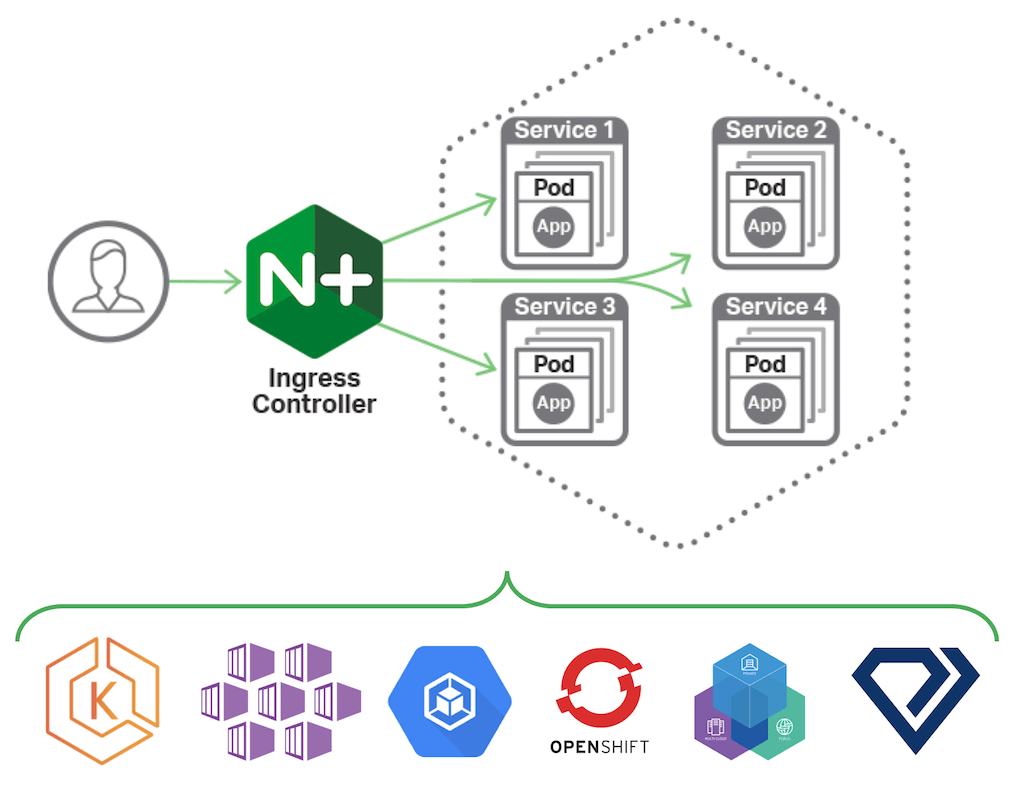
Announcing NGINX Ingress Controller for Kubernetes Release 1.4.0
Release 1.4.0 of the NGINX Ingress Controller for Kubernetes includes support for TCP and UDP load balancing and a “power of two choices” load-balancing algorithm (Random with Two Choices), extended Prometheus support, and easy development of custom Annotations.
-
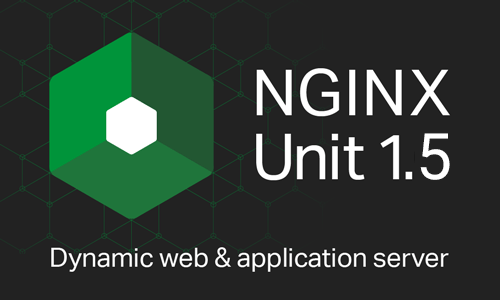
NGINX Unit Now Supports TLS and JavaScript Apps with Node.js
NGINX Unit 1.5 adds support for Node.js applications, which extends the set of supported languages to six: Go, JavaScript (Node.js), Perl, PHP, Python, and Ruby. It also adds support for encrypting connections with SSL/TLS, and dynamic updating of security certificates.
-
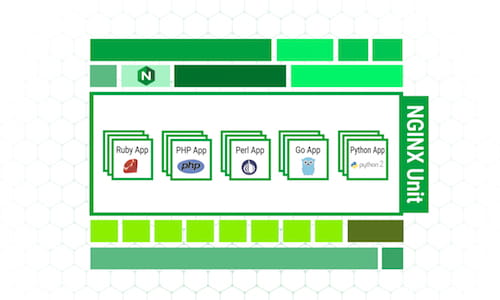
NGINX Unit: Updating Apps with 100% Uptime
In this companion post to our video “NGINX Unit: Live App Updates at 100% Uptime”, we provide all the background and details for each step so you can follow along as we update an application in a multilingual NGINX Unit environment without disruption or downtime.
-
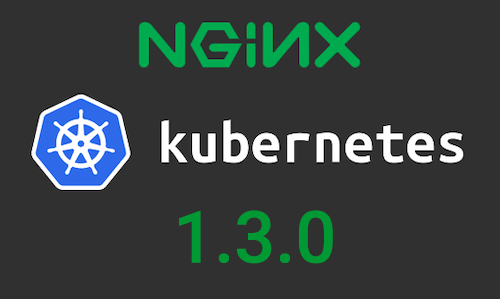
Announcing NGINX Ingress Controller for Kubernetes Release 1.3.0
NGINX has released version 1.3.0 of the NGINX Ingress Controller for Kubernetes. This release features Prometheus support, better Helm charts, mergeable Ingress resources, easier custom template management, health checks, and status reporting. Come to Github and get it.
-
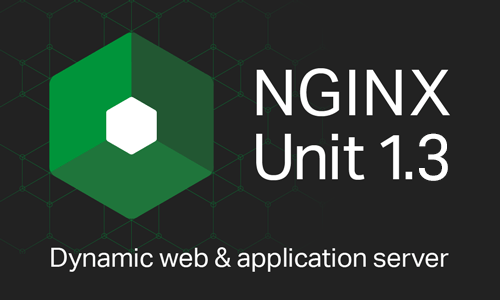
NGINX Unit 1.3 Available Now
NGINX Unit 1.3, available now, adds configuration parameters for various timeouts, configurable request body size, Ansible integration, and more. As in previous releases, all parameters can be defined dynamically, with no disruption to running services or loss of connectivity.
-
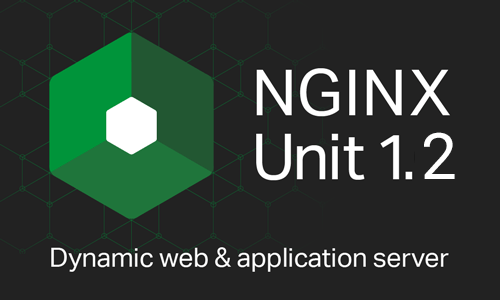
NGINX Unit 1.2 Available Now
NGINX Unit 1.2, available now, adds environment variables across application languages, versions, and sessions; php.ini configuration; and command-line configuration for Go executables. Parameters can still be defined dynamically, with no disruption to running services or loss of connectivity.
-

Trust No One: The Perils of Trusting User Input
A newly discovered security threat exploits a configuration that allows remote users to specify the server for a request in the HTTP Host header, and thus access potentially sensitive information. In this post we explain how to prevent this “cloud metadata” attack.
-
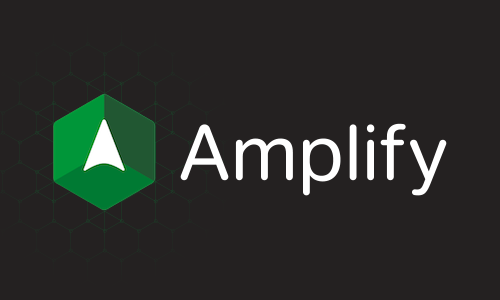
Monitoring MySQL with NGINX Amplify
NGINX Amplify now features MySQL support. Amplify monitors the entire LEMP stack, including variations: Linux, (E)NGINX, MySQL/MariaDB/Percona, PHP, and PHP frameworks such as WordPress. This blog post shows you how to configure the Amplify MySQL plug-in, metrics monitored, and troubleshooting.
-
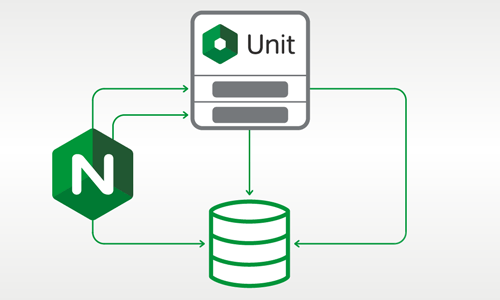
Installing WordPress with NGINX Unit
NGINX Unit supports PHP, which is very widely used for web programming. NGINX Unit therefore supports WordPress, written in PHP, and which is a content management system and application used by more than 30% of the sites on the Web. Use this blog post to install Unit and NGINX together with WordPress.
-

Announcing NGINX Unit 1.0
NGINX Unit 1.0, a multi-language applications server, launched today. Unit supports Python, PHP, Perl, Ruby, and Go, with more languages to come. Unit is dynamically configured using a REST API; there are no process reloads or service interruptions required for configuration changes to take effect.
